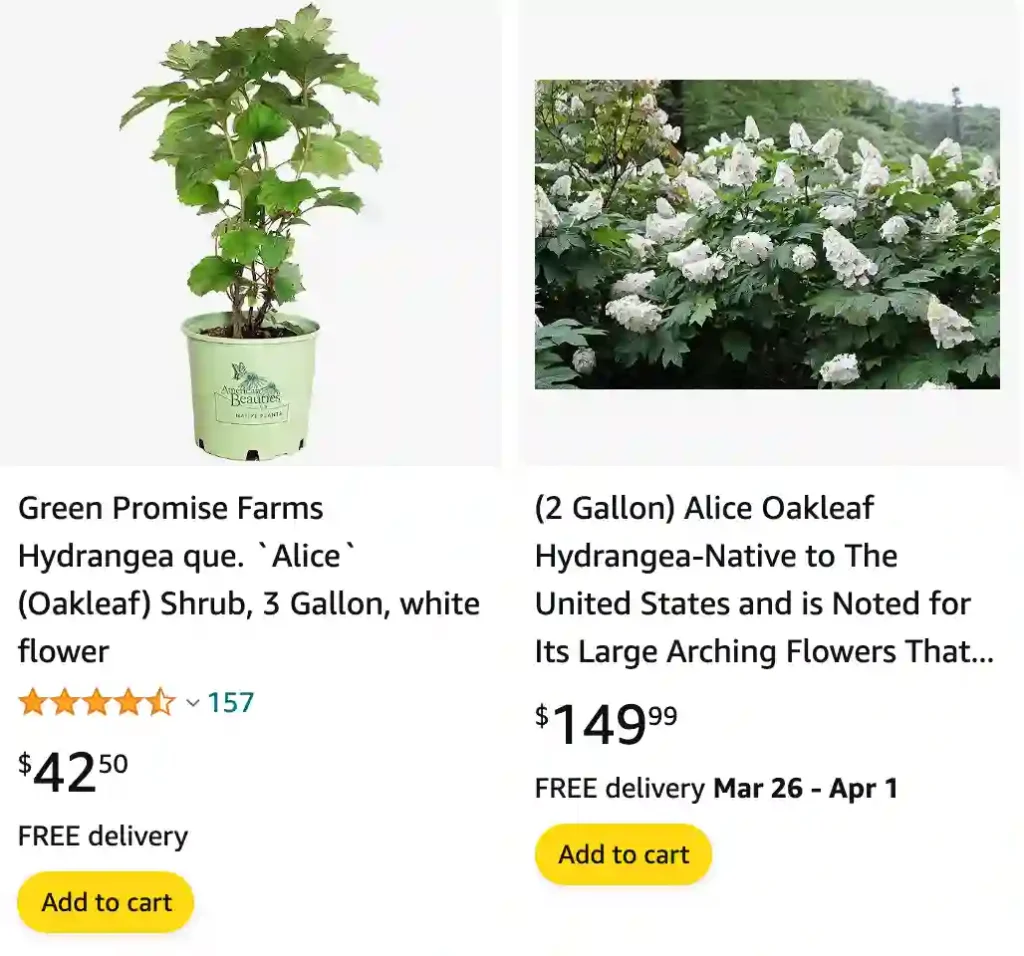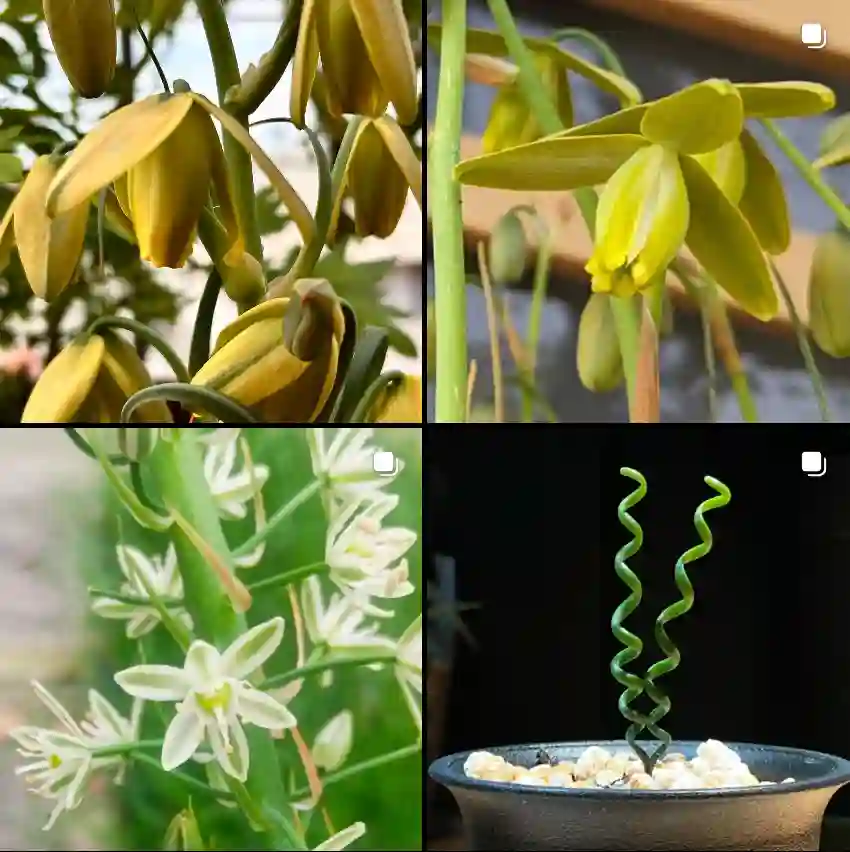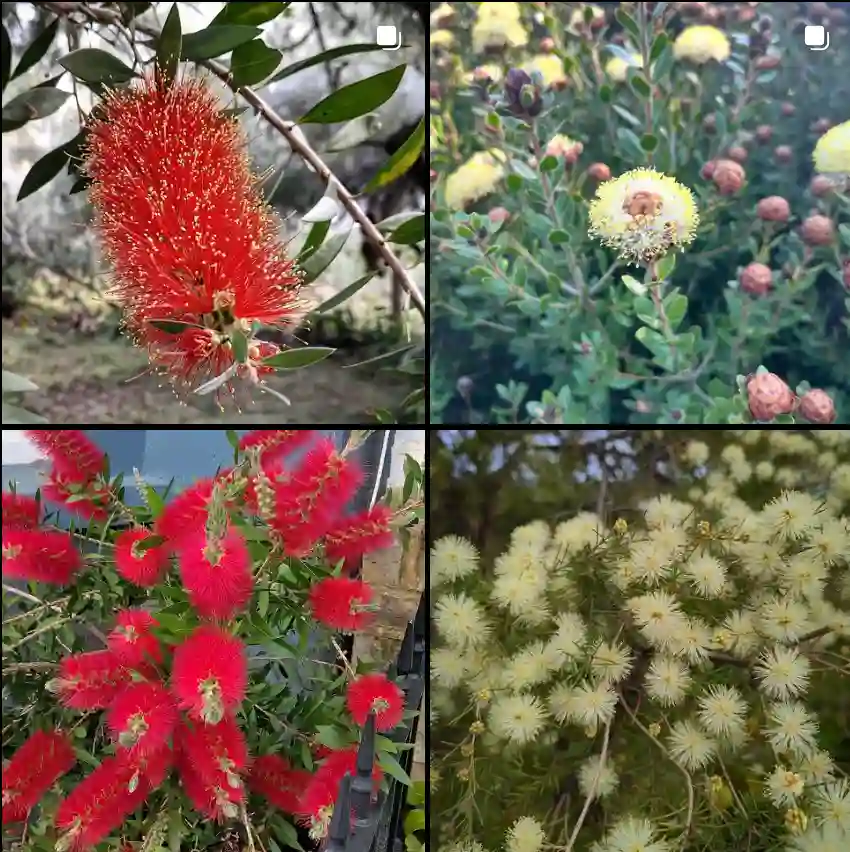
The Enduring Beauty of the Alice Oakleaf Hydrangea
For years, I’d been on the hunt for a shrub that offered year-round appeal. Something that wouldn’t just sit there taking up space, but would actively contribute to the garden’s charm throughout the seasons. Then, I stumbled upon the Alice Oakleaf Hydrangea, and let me tell you, it was love at first sight.
This stunning hydrangea isn’t your average flowering bush. It boasts a unique combination of features that make it a standout in any landscape. From its magnificent summer blooms to its fiery fall foliage, the Alice Oakleaf Hydrangea is a true garden gem.
100 Species in Genus Hydrangea
What Makes the Alice Oakleaf Hydrangea Special?
This beauty is all about multi-season interest. In early to mid-summer, the Alice erupts in a dazzling display of large, white flower panicles. These blooms are a sight to behold, reaching up to 14 inches long and gracefully arching outward. As the season progresses, the white flowers take on a soft pink hue, adding a touch of whimsy to the scene. But the magic doesn’t stop there.
Come fall, the Alice Oakleaf Hydrangea transforms into a fiery masterpiece. Its lobed leaves, resembling oak leaves (hence the name), morph into a breathtaking display of crimson and burgundy. This vibrant display adds a much-needed pop of color at a time when most plants are fading away.
Beyond its visual appeal, the Alice Oakleaf Hydrangea is a low-maintenance delight. It’s naturally disease-resistant, making it a perfect choice for gardeners who don’t want to fuss with constant spraying. Plus, it thrives in a wide range of growing zones (5-8), making it adaptable to various climates.
Oakleaf Hydrangea Alice vs Snow Queen
I’ve had both Oakleaf Hydrangea Alice and Snow Queen Hydrangea in my garden, and I can tell you that Alice impressed me with its deep red fall color and dense flower clusters. On the other hand, Snow Queen stood out for its stunning white blooms and strikingly smooth foliage. I noticed that Alice tends to have a bit more of a rugged, wild look, while Snow Queen brings a more elegant and polished feel to the garden. Both are beautiful, but if you’re after dramatic seasonal color, Alice might be your pick, whereas Snow Queen is great if you prefer classic white blooms with a clean appearance.
How to Care for Your Alice Oakleaf Hydrangea?
Planting your Alice Oakleaf Hydrangea in the right spot is key to its success. It prefers a location with partial shade, receiving around 5-6 hours of direct sunlight daily. The soil should be moist and well-drained. Amending your planting hole with compost or other organic matter can help ensure proper drainage and provide essential nutrients.
Once established, your Alice won’t require frequent watering. Deep watering during periods of drought is sufficient. A light application of fertilizer in early spring can give it a boost, but avoid over-fertilizing as this can encourage excessive foliage growth at the expense of blooms.
When to Prune Alice Oakleaf Hydrangea?
The best time to prune your Alice Oakleaf Hydrangea is in late winter or early spring, before new growth emerges. Pruning is important for maintaining the shrub’s size and shape, as well as encouraging more blooms. However, unlike some hydrangeas that bloom on old wood, the Alice Oakleaf Hydrangea flowers on new growth. So, be mindful not to prune too heavily, as this can remove potential flower buds.
Here’s a simple approach: focus on removing dead, diseased, or damaged branches. You can also thin out crowded stems to improve air circulation and light penetration. For shaping purposes, aim to remove no more than one-third of the overall growth.
Where Can I Buy an Alice Oakleaf Hydrangea?
Finding an Alice Oakleaf Hydrangea shouldn’t be too difficult. Many local nurseries and garden centers carry this popular variety. Alternatively, you can find it online from reputable plant retailers. When purchasing your Alice, choose a healthy plant with strong stems and vibrant foliage.
What to Plant with Your Alice Oakleaf Hydrangea
The Alice Oakleaf Hydrangea is a versatile shrub that can be incorporated into various garden designs. Here are a few ideas for complementary plants:
- Spring-blooming perennials: Pair your Alice with early bloomers like columbine, phlox, or bleeding heart for a colorful spring display.
- Shade-loving companions: Hostas, ferns, and coral bells can create a lush and textural understory beneath the Alice’s canopy.
- Evergreen shrubs: Add year-round structure with evergreen shrubs like boxwood or holly.
With its captivating blooms, stunning fall foliage, and easy-going nature, the Alice Oakleaf Hydrangea is a true garden treasure. So, if you’re looking for a low-maintenance shrub that delivers big on beauty, give the Alice a try. You won’t be disappointed.
If i die, water my plants!



